How can I use less data?

Data is the primary service that makes up the majority of the cost for your tariff. Most networks are generous when it comes to the amount of data they offer.
However, if you’re constantly using your phone, you may find yourself using too much data, and you might want to look for ways to reduce the amount of data you use every month.
There are several reasons as to why you might want to use less data:
-
You’re going over your data allowance every month - using data outside of your allowance is costly, as networks often charge a premium rate for data outside of your regular tariff allowance.
-
You can’t afford to buy more data - although data is cheaper than it’s ever been, the cost can still add up if you’re using a lot of data. You should check out our phone deals and SIM only deals for the cheapest contracts that offer the most data.
-
You want to reduce battery life - Downloading and streaming takes up a significant amount of battery life, even for short periods. When using mobile data instead of Wi-Fi, the battery drain is even worse.
In this guide, we’ll take you through all the ways in which you can use less data, with explanations of all the technical jargon.
1. Use Wi-Fi whenever possible
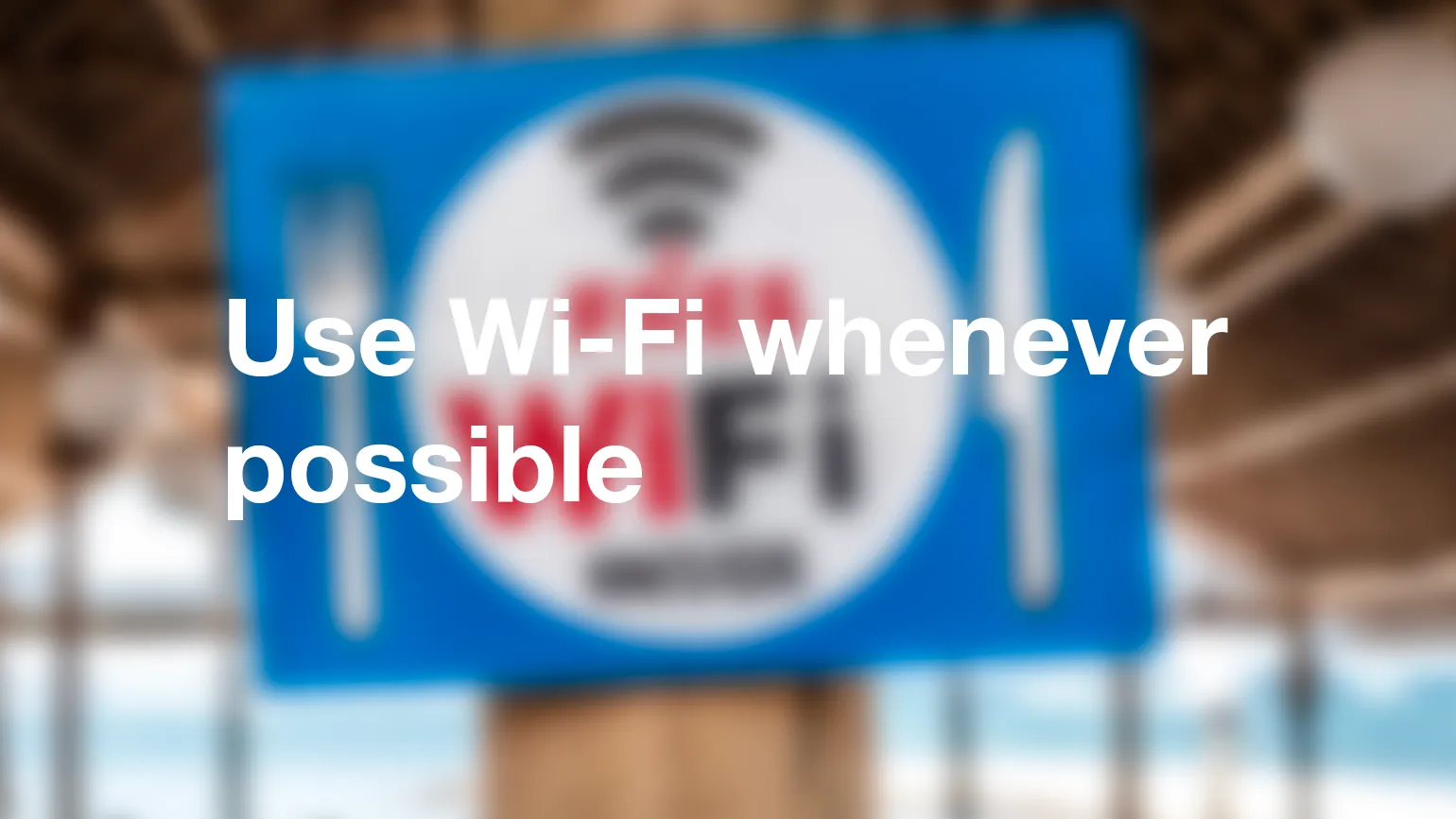
Whenever you’re connected to Wi-Fi, your phone will be using the internet through the Wi-Fi connection, rather than your own mobile network.
Your phone will use data through the ISP (internet service provider) of the Wi-Fi network.
You will not be using any of your network’s data allowance when you are connected to Wi-Fi.
If you’re at home, you should always stay connected to your Wi-Fi. Once you have connected at least one time, your phone will automatically reconnect whenever you are within reach of the Wi-Fi signal. For example, if you are away from home, your phone will automatically reconnect when you get back home.
When outside, you should try to connect to public Wi-Fi as often as you can. Public Wi-Fi is available in a range of locations:
- Cafes
- Train stations
- Public transport
- Airports
- Restaurants
- Shops
- Shopping centres
Trusted locations will offer Wi-Fi that is secure and encrypted, meaning your personal data should be safe from bad actors.
2. Pre-download music and videos when you’re on Wi-Fi
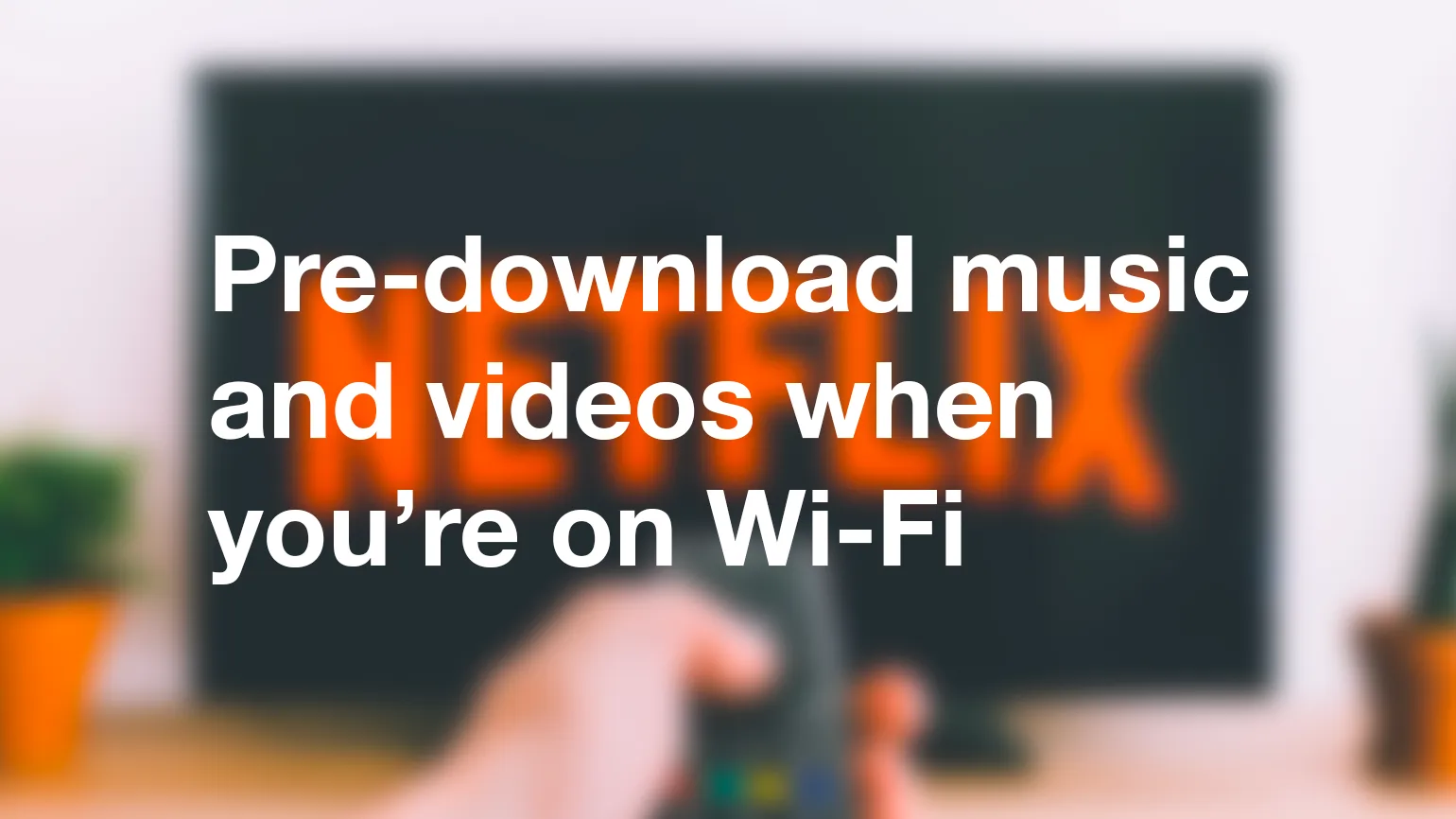
If you plan to listen to a particular album or watch a film at a later date, many apps offer the ability to pre-download content so it’s stored on your phone.
Once downloaded, the content will not need to be streamed to your phone when you play it later, even if you’re outside and connected to your mobile network. This can save you a significant amount of data from your monthly allowance.
Music streaming apps will automatically ‘cache’ the songs you play frequently. Caching is similar to downloading, however caching is usually temporary for a short period, compared to downloading which permanently saves to your phone.
Despite this, music streaming apps still give you the option to permanently download songs to your phone.
Download YouTube videos
If you have a YouTube premium account, YouTube offers the ability to download videos which can be watched later.
Any videos downloaded will be deleted after 48 hours, after which you will need to re-download the video again if you still want it saved to your phone.
- Go to the video you want to download
- Select the Options menu (3 vertical dots)
- Select Download
Some music videos may be unavailable for download, due to legal reasons.
Download Netflix videos
Netflix allows you to download movies and TV shows with the Netflix app.
Videos will be saved on your phone for a temporary period and can be viewed a limited number of times. These restrictions will vary, depending on the licence agreements of the content.
- Go to the TV show or movie you want to download
- Scroll down to the description
- If the content is available for download, a Download icon will appear
You will be able to watch your downloaded content by opening the Netflix app and selecting the Downloads icon.
Download Disney+ videos
Unlike Netflix, there are no limits on how many times you can rewatch downloaded content. In addition, videos will not expire, as long as you log on to Disney+ at least once every 30 days.
- Go to the TV show or movie
- Select DOWNLOAD (right of the play button)
You can see your downloaded content by selecting DOWNLOADS in the bottom right of the menu.
Download Spotify Music
Spotify gives you the ability to download albums and playlists to your phone.
- Go to the album or playlist you want to download
- Tap the Download icon at the top
Any individual songs that you have liked by pressing the heart icon will not be downloaded, unless you download all the songs you have liked.
- Go to Your Library
- Select Liked Songs
- Select the Download icon
You cannot choose which individual songs you wish to download. You only have the option to download all the songs you have liked.
Download Apple Music
If you wish to download music from Apple Music, you must first add the music to your Library.
- Long press on a song, album or playlist that you wish to add to your library
- Select Add to Library
You can now download music that you have added to your library.
- Long press on a song, album or playlist that you have previously added to your library
- Select Download
3. Download maps when you’re on Wi-Fi
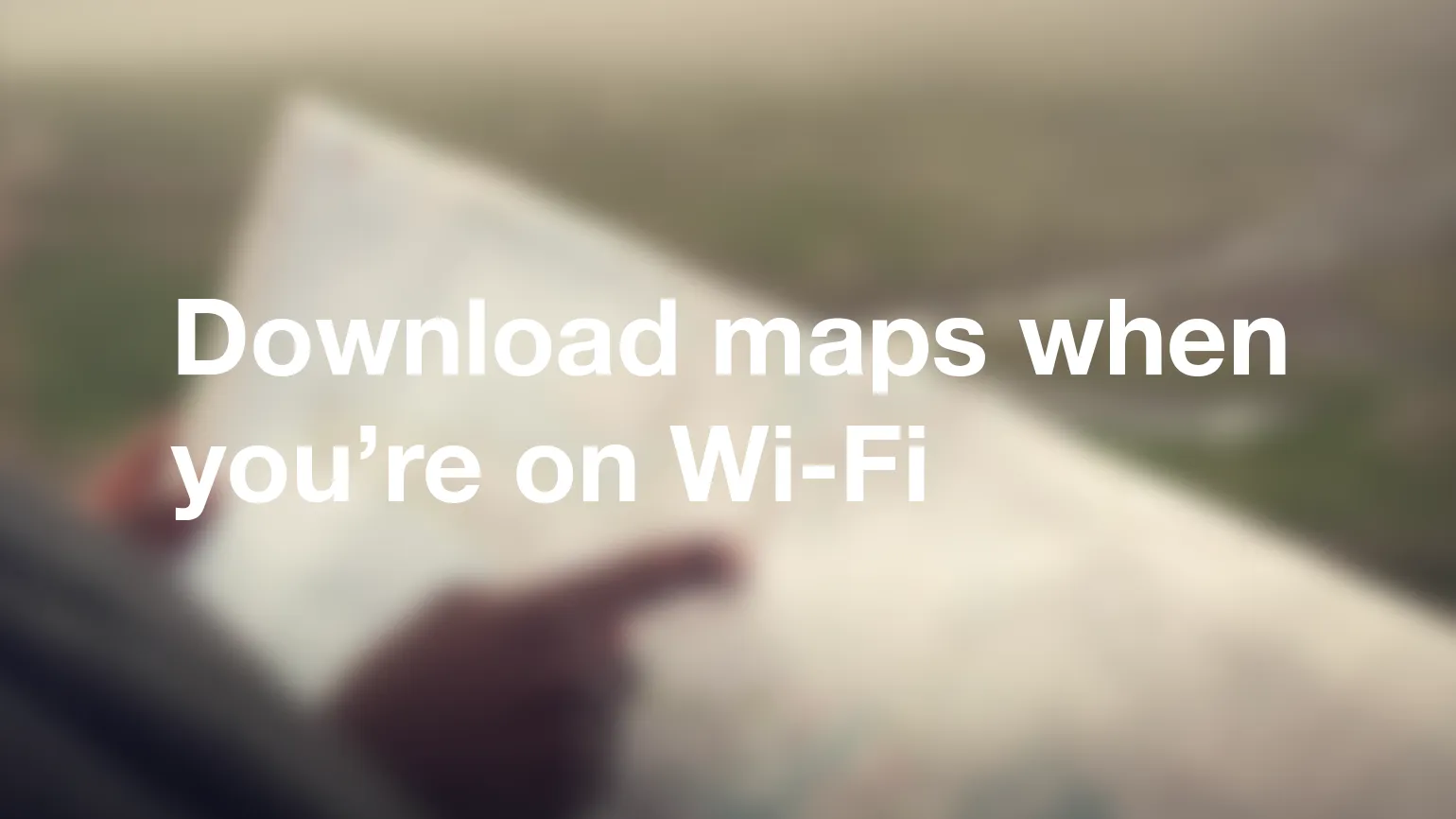
Using navigation apps, such as Google Maps, will fetch the map data on the fly whenever you search for the location or you are within the region.
If you’re outside, it will most likely be using your mobile network to download the map data.
However, you have the option to download map data for entire regions. If you do this when connected to Wi-Fi, you can save your mobile data when you’re outside and using the app.
Download Google Maps for offline use
For the majority of locations, you can download map data for offline use.
- Search for a place of region and select it
- Tap the location at the bottom of your screen.
- Tap the options icon (3 horizontal dots) at the top right of your screen.
- Tap Download offline map
- Zoom in or out for the range you wish to download
- Tap DOWNLOAD
Once downloaded, Google Maps will automatically use the downloaded map data whenever the location is on screen.
4. Enable data saving mode
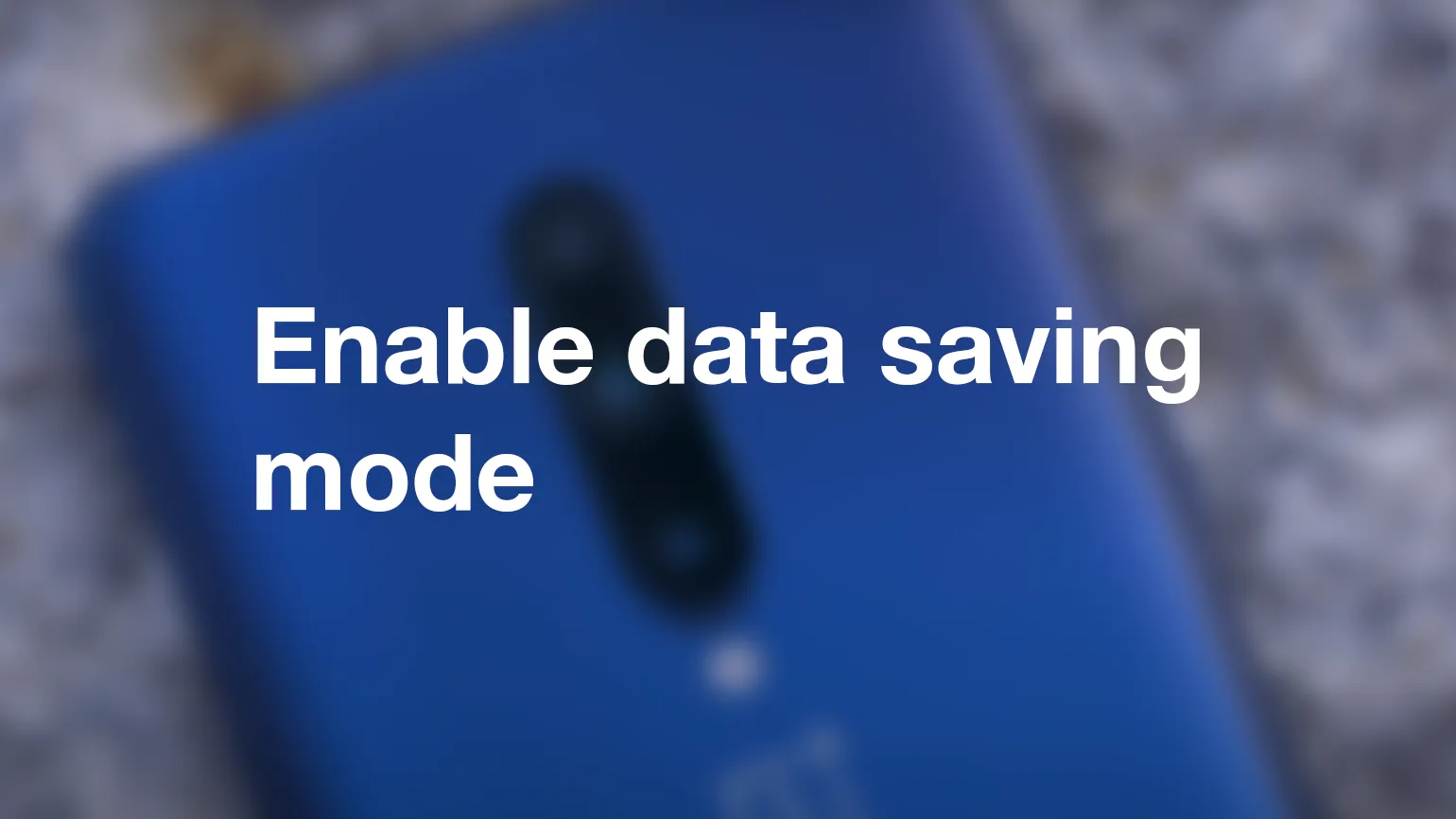
Data saving mode is a setting that is available for all Android and iOS phones.
When enabled, your phone will automatically optimise apps and the operating system to use less data than normal, whenever you are connected to your mobile network and not on Wi-Fi.
App creators have the ability to detect when this option is enabled on your phone, and can choose how to respond.
For example, with data saving mode enabled in your phone’s settings, YouTube will automatically start playing videos at a lower quality than usual. Facebook will prevent videos from automatically playing, as well as Instagram.
Your operating system may restrict automatic updates when using data from your mobile network. In addition, apps running in the background may only be able to fetch data less frequently than usual.
In addition to the system wide setting, some apps may have an individual setting to enable data saving mode for the app.
Data saving mode is recommended for anyone who wishes to save data.
Android - enable data saving mode
All Android phones have data saving mode. Depending on which phone you have, the location in your settings menu may be different.
- Go to Settings -> Connections -> Data usage
- Enable ‘Data saver’
iPhone (iOS) - enable data saving mode
- Go to Settings -> Mobile Data -> Mobile Data Options
- Enable ‘Low Data Mode’
5. Delete unused apps
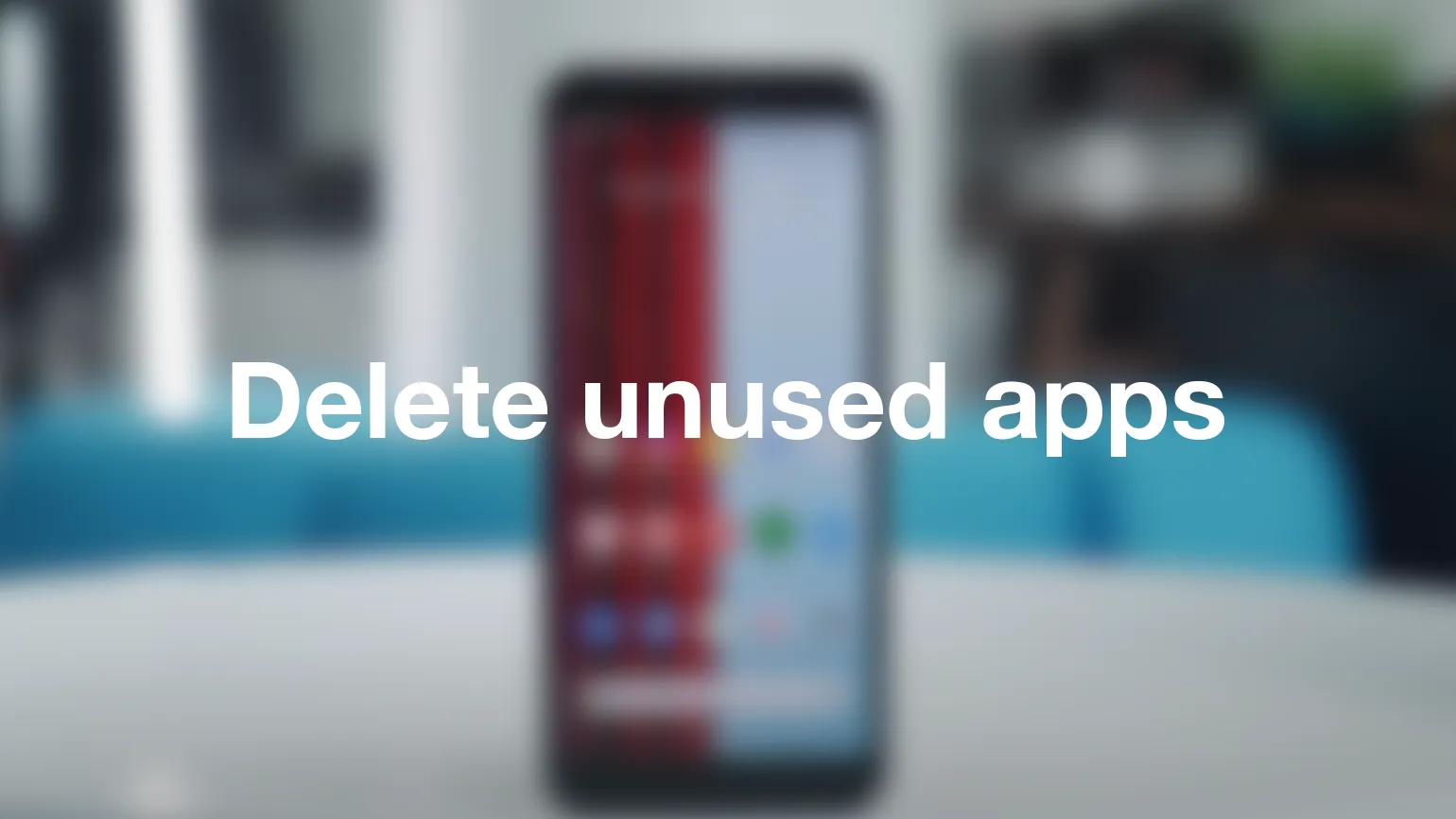
It may be surprising to hear that apps you don’t even use can still use data.
Most apps running in the background will use data by checking for notifications and other information. They may also send usage statistics and tracking information, all which uses data.
By deleting any app you do not use, you can reduce the amount of data being used on your phone.
6. Turn off autoplay
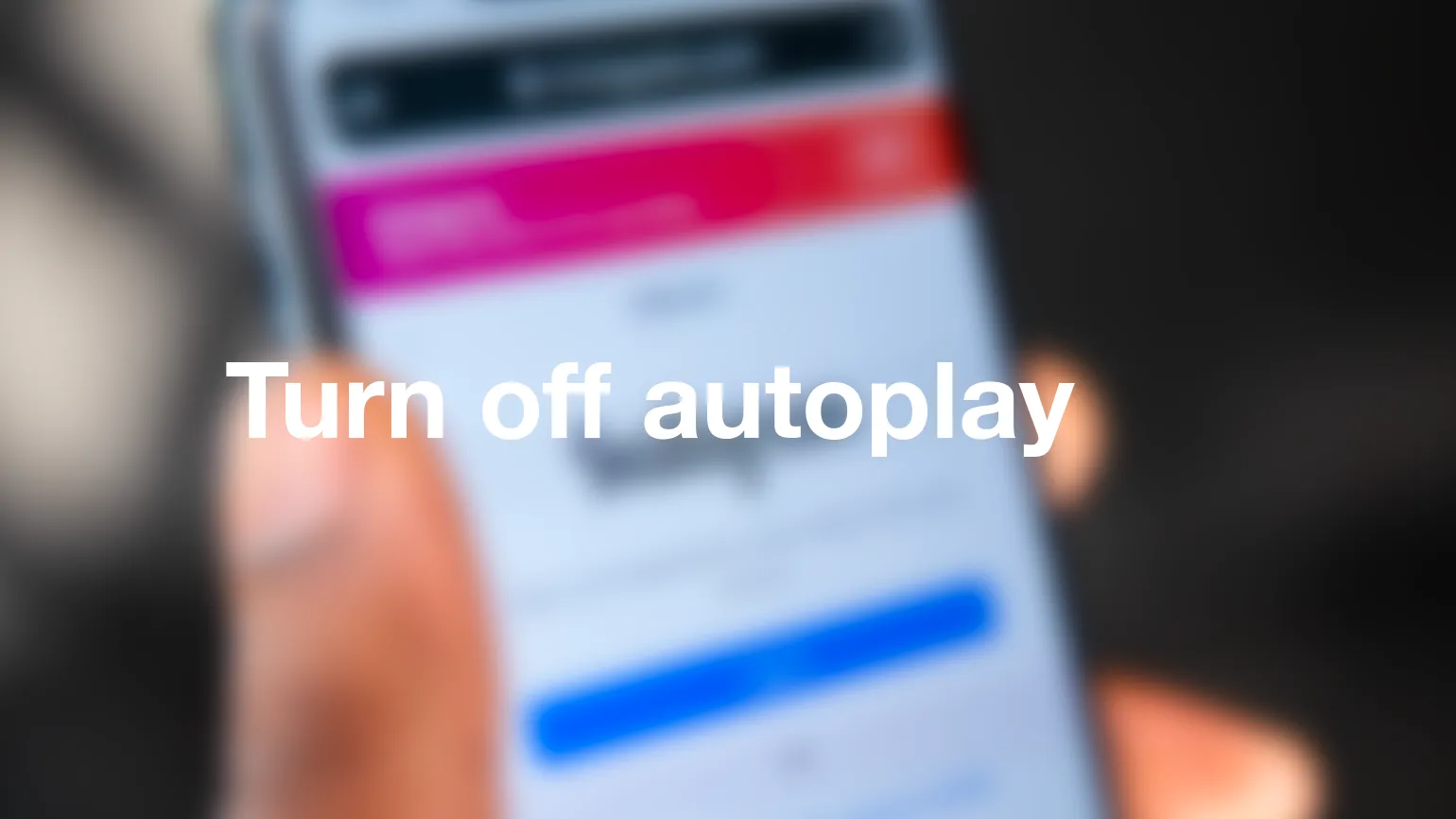
The majority of social media apps have autoplay enabled by default.
When enabled, videos will automatically play when you scroll throughout your feed.
This can waste a significant amount of data, particularly if you use the app regularly.
You should disable autoplaying if the app is using more data than you would like.
Turn off Facebook autoplay videos
- Tap the menu button (3 horizontal lines)
- Select Settings and privacy -> Settings
- Select Preferences -> Media
- Select Autoplay
- Select On Wi-Fi connections only (recommended)
Turn off Instagram autoplay videos
You can disable autoplaying in Instagram by enabling the use less mobile data setting. There is no single option to disable autoplay on Instagram.
- Tap the menu button (3 horizontal lines)
- Select Settings
- Select Account
- Select Data usage
- Enable Use less mobile data
Turn off Twitter autoplay videos
- Go to the Twitter home screen
- Tap your profile picture
- Select Settings and privacy
- Select Accessibility
- Under the Motion section, tap Video autoplay
- Select Only on Wi-Fi (recommended)
Turn off YouTube autoplay videos
YouTube will occasionally autoplay a video from the thumbnail when scrolling through search results or your feed. You can disable this if you need to save data
- Tap Library at the bottom right of your screen
- Tap your profile picture at the top right (right of the search icon)
- Select Settings -> General
- Select Muted playback in feeds
- Select Wi-Fi only (recommended)
Despite the name ‘Muted playback in feeds’, this option actually disables playing video thumbnails in your feed and search results.
7. Identify which apps are using most of your data

You may be unsure where all your data is going. There are a number of apps that may be using more data than you expect, particularly if it is using data when running in the background.
You can identify which apps are using most of your data, and suppress the amount of data an app can use.
iPhone (iOS) - identify app data usage
- Go to Settings -> Mobile data
- Scroll down to your apps
- The amount of data used by an app will be shown belows its name, for the current period
- You can choose to disable the app from using mobile data. The app will still have internet access when connected over Wi-Fi.
You can synchronise the current period with your billing period by scrolling to the bottom of the Mobile data settings and tapping Reset Statistics. Do this on the day your new billing period starts.
Android - identify app data usage
- Go to Settings -> Wireless & Networks -> Data Usage
- Scroll down to your apps
- You will see the data usage next to each app, for the current period
- Tap an app for more information, and for options to prevent it from using mobile data when running in the background.
You can also change your current period to synchronise with your billing period in the Data Usage settings.
8. Disable automatic app updates when using mobile data
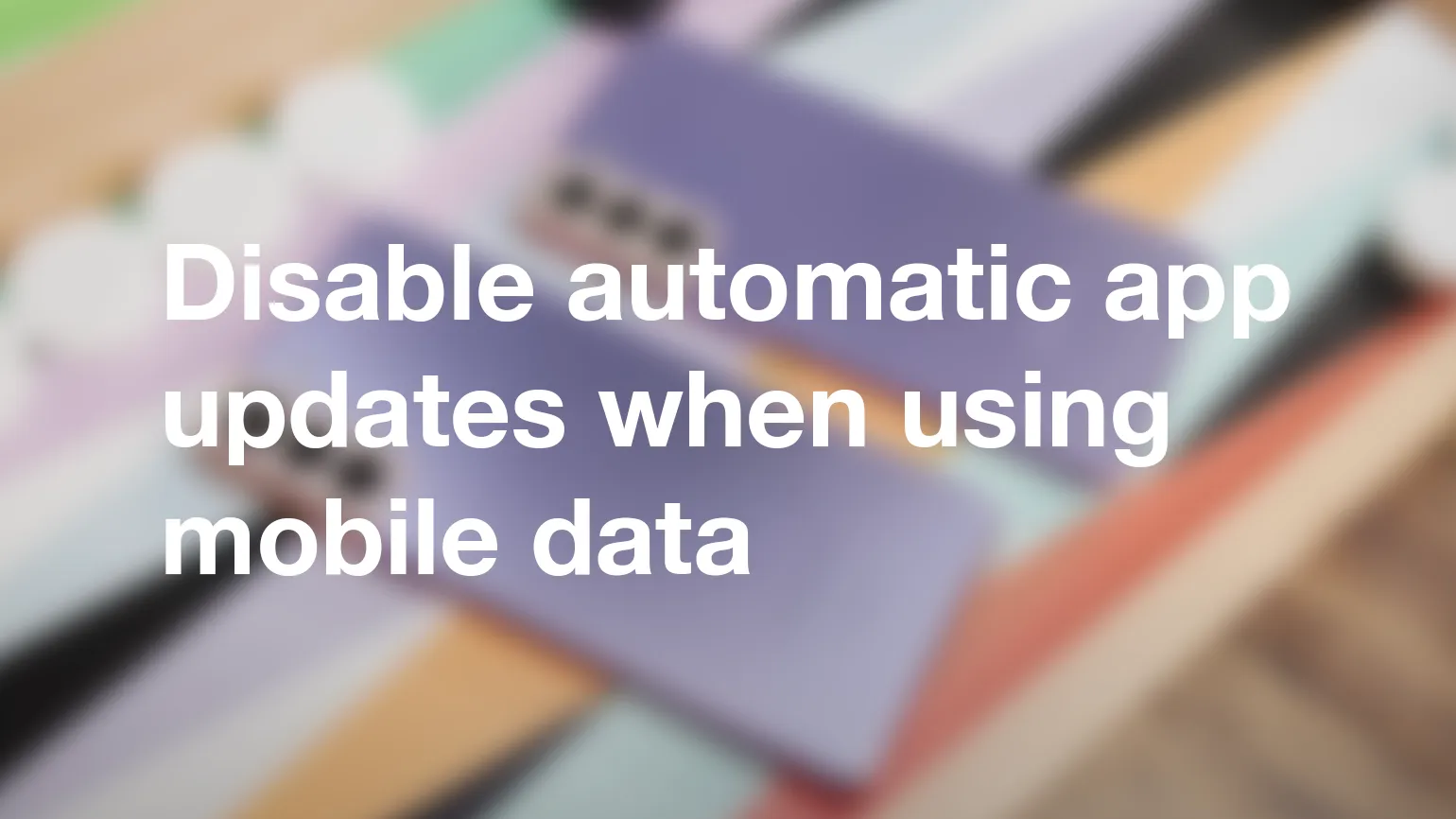
App updates can be very large file downloads. They can use a lot of data, and will consume your monthly data allowance if you’re not connected to Wi-Fi.
You can prevent apps from automatically updating when you are not connected to Wi-Fi for both iPhone (iOS) and Android phones.
We recommended this setting for most people, even if you are not necessarily looking to save data.
Android - disable automatic app updates with mobile data
- Open the Play Store
- Open Settings by tapping the menu icon (3 horizontal lines)
- Tap Auto-update apps
- Select Over Wi-Fi only (recommended)
iPhone (iOS) - disable automatic app updates with mobile data
- Go to Settings - App Store
- Under Mobile data, make sure Automatic Downloads is disabled
FAQs
Which apps use the most data?
Video streaming apps, such as Netflix and YouTube, will use the most data - particularly if you're streaming in HD or 4K.
What is data saver mode?
Data saver mode is a system wide setting available for Android and iPhone.
When enabled and while using mobile data, apps will use less data by playing media at a lower quality and restricting data usage when running in the background.
Your operating system may also disable automatic updates.